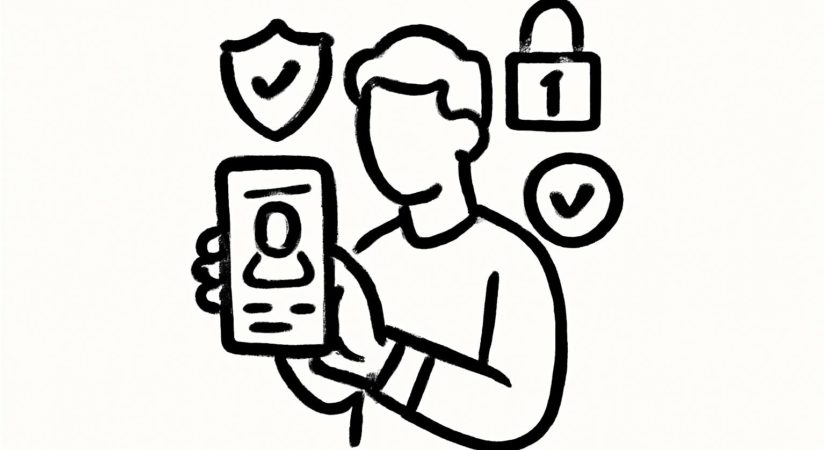Apple is expanding the use of digital identification by allowing users to store their driver’s licenses in Apple Wallet. This feature enables quick identity verification and TSA checkpoint access at airports using an iPhone.
Currently, nine states and Puerto Rico support adding driver’s licenses or IDs directly to Apple Wallet:
- Arizona
- California
- Colorado
- Georgia
- Hawaii
- Iowa
- Maryland
- New Mexico
- Ohio
- Puerto Rico
While states like Louisiana, New York, Utah, and Virginia have mobile driver’s licenses, they require separate apps rather than Apple Wallet integration. The TSA accepts digital IDs from 15 states across Apple Wallet, Google Wallet, Samsung Wallet, and other state apps.
How to add your driver’s license to Apple Wallet:
- Open Apple Wallet and tap the Add button.
- Select Driver’s License or ID and your state.
- Choose whether to add it to your iPhone only or both your iPhone and Apple Watch.
- Scan your physical license in a well-lit area.
- Confirm your identity with a selfie and required facial movements.
Apple recommends standing in front of a plain background, removing accessories, and using good lighting for smooth verification. Your biometric data links your identity securely to the digital ID.
If you switch iPhones, you can transfer your digital ID during setup by selecting Wallet and following the prompts.
What’s next for digital IDs in Apple Wallet?
With the upcoming release of iOS 26 this fall, users will be able to add digital passports to Apple Wallet for domestic travel. This feature will work at over 250 TSA checkpoints but is not valid for international travel and does not replace the physical passport.
Additionally, Apple will introduce “Verify with Wallet,” a feature that allows users to confirm their age digitally for services like alcohol deliveries through partners such as Chime, Turo, Uber Eats, and U.S. Bank.
This development follows a broader trend toward digital ID adoption, promising faster and more convenient identity verification processes.
